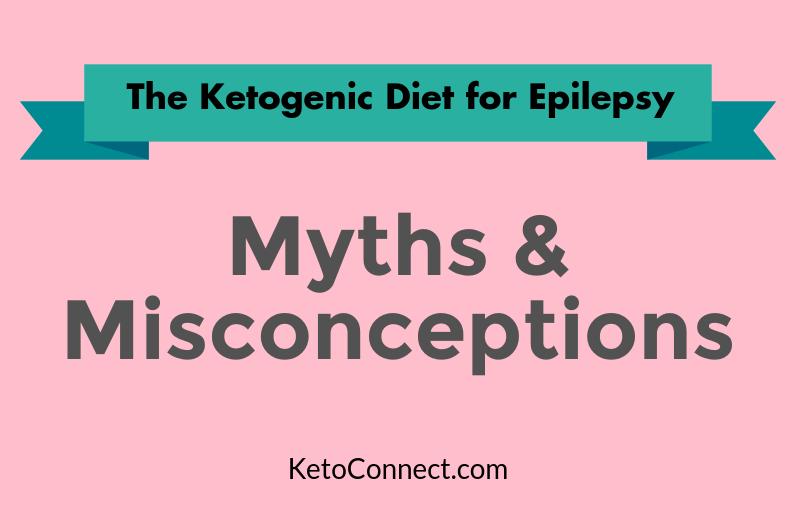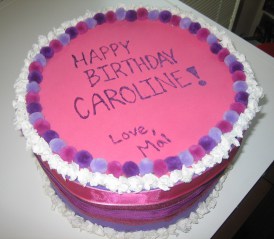My name is Tish and I have a 21-year-old daughter named Caroline. She has a rare neurological disorder called Alternating Hemiplegia of Childhood (AHC), and as with about 50% of kids who have AHC, she also suffers from epilepsy. Caroline has had seizures since birth, but they were pretty well controlled with medications until she hit her teenage years. About 3 years ago, she ended up in the hospital in status epilepticus for over 12 hours. After this event, we decided, with our neurologist, that it was time to try the medical ketogenic diet.
The medical ketogenic diet has been incredibly helpful for Caroline. Not only did it help with her seizures, but we noticed increased energy and overall health. Because Caroline is tube-fed, the medical ketogenic diet is relatively easy to do. Now that we have been doing the diet for a while, I’ve come up with some ways to make it a little easier. I hope that these tips will help make your life a little easier too!
Have Your Tools Handy
Have all the things you need to make your feeds stored in the kitchen by the sink rather than the pantry. You may be giving up valuable storage space but it will take the hassle out of mixing your feeds. I use a deep drawer just by the sink that serves as our “keto drawer”. I keep the KetoCal® 4:1 LQ, all the extra ingredients, gram scale and mixing devices right there.
Pre-make Your Feeds
Because my daughter is older, she needs extra protein with the KetoCal®, so we add protein powder, plus MCT oil. I pre-make all my daughter’s feeds the night before and store them in containers in the refrigerator. They are safe to use for 24 hours. I put the mixture in a small lidded container with a pour spout. This makes it easy to take to school or on outings. I just shake them up before pouring them into her feeding bag. I bought the lidded containers at the grocery store. We use 3 per day and I have 6 of them so that I always have a clean set to work with.
Measure Your MCT Oil in a Glass Container
Measuring the MCT oil is a challenge for us. We use a small amount and the MCT oil is hard to clean out of most plastic measuring devices. I like to use a glass shot glass with mL and fluid ounce measurements on it. I bought it at a kitchen store but you can also find them online. (Be sure to check with your dietitian because some families may be asked to measure MCT oil with a gram scale)
Check Off All Your Daily Requirements
When I made my daughter’s feeds, I put everything she needs once daily into her morning feed. So, I put her potassium citrate, powdered multivitamin (we use Phlexy-Vits® by Nutricia) and her daily laxative dose into her morning feed. Just prior to feeding, I add them to the plastic container that I made the night before. This way I am sure she gets everything she needs for the day.
Create Instructions for Other Caregivers
I am usually the one who mixes all food and medicines for my daughter. However, in the event that a caregiver or family member does it in my absence, I have typed, laminated instructions in my “keto drawer” with all of the ingredients and equipment.
I hope that these tips are helpful. If you have a child who is tube-fed and has uncontrolled seizures, I highly recommend that you talk to your neurologist about the medical ketogenic diet. It has been pretty easy to manage, and for us, it has made a big difference in our daughter’s quality of life.
-Tish
*Please note that this is one family’s report of their experience with the ketogenic diet and may not be the experience of others. Individual results will vary. Please discuss the potential benefits of the ketogenic diet with your healthcare provider.
I was paid by Nutricia for my time writing this post, however, my opinions are my own.
KetoCal is a medical food for the management of intractable epilepsy and is intended for use under medical supervision. Talk to your healthcare provider about whether KetoCal is right for you.
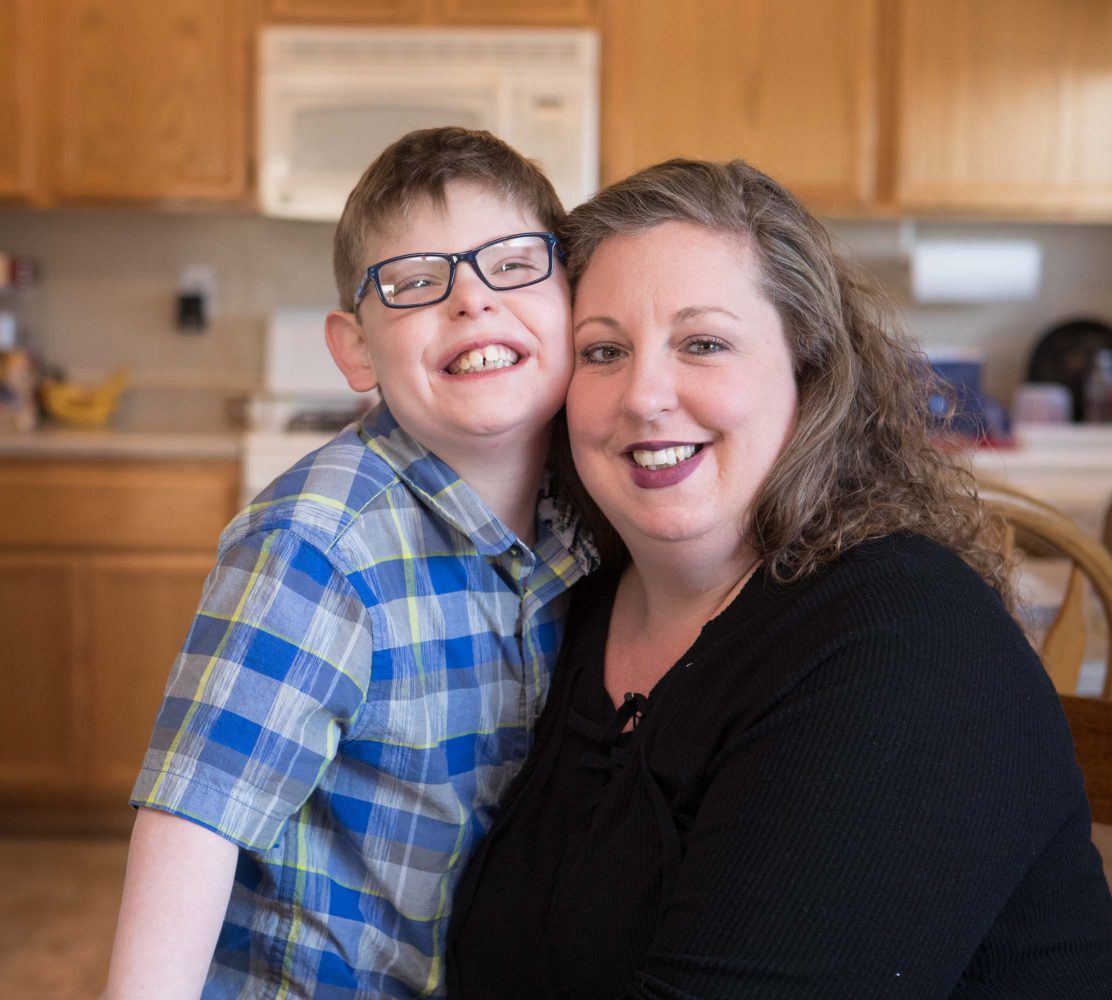

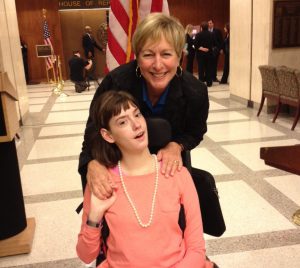
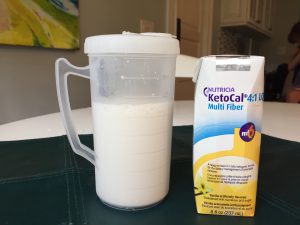
 Follow
Follow